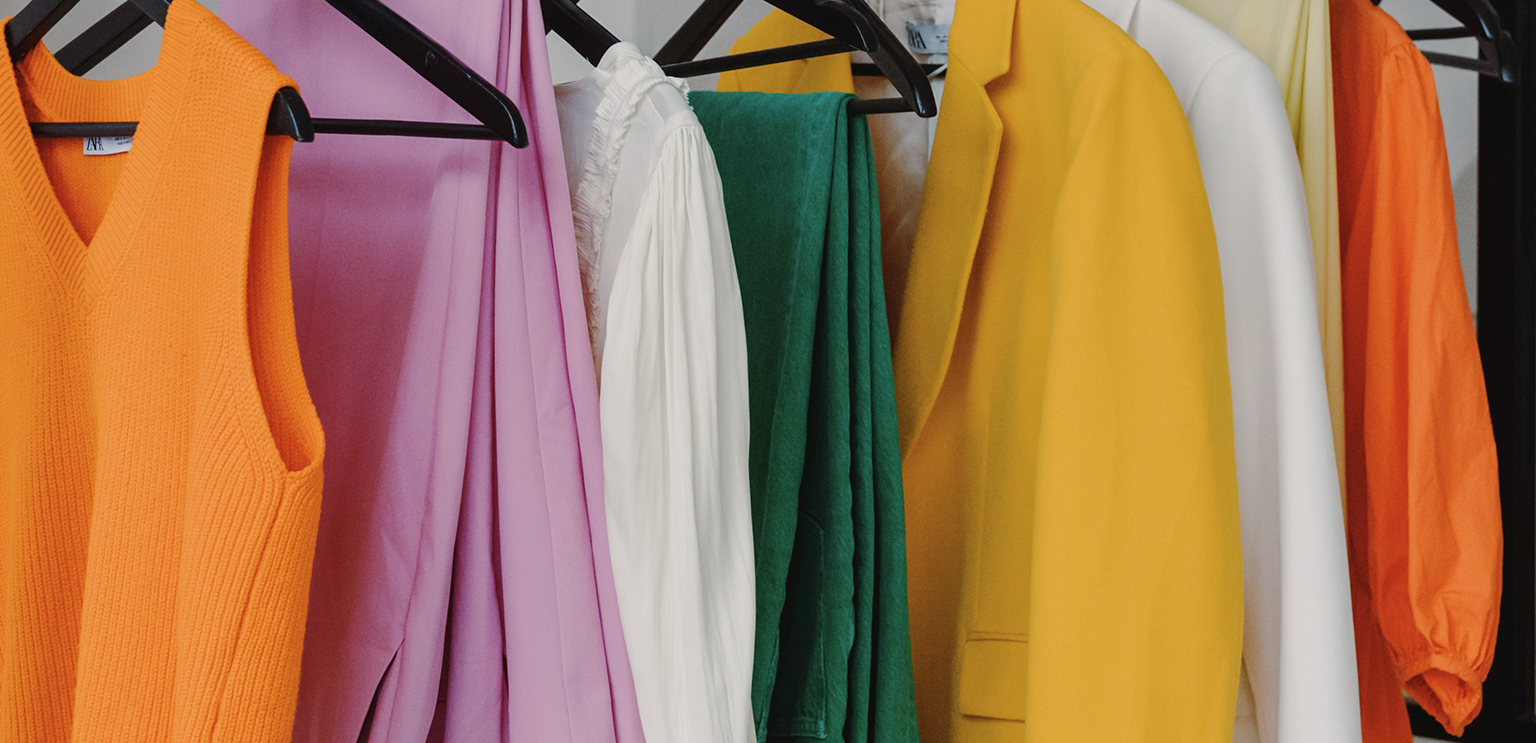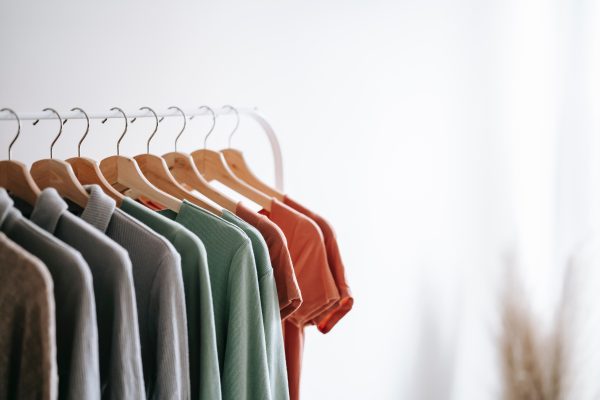how to25.09.23
Fabrics for fashion: buyers' guide
How can we choose the perfect fabric? There are different types of fabrics, different quality levels: know how to choose with our small guide!

How can we choose the perfect fabric? There are different types of fabrics, different quality levels: know how to choose with our small guide!

How often, before buying something especially online, have you wondered how to identify a high quality fabric? And then, what do we really mean for high quality fashion fabrics?
For sure, garments display the fabric composition and fibers percentages, but how can we read those if you do not know the features of every single fabric? Textile products are not all the same and there are different quality levels when it comes to fabrics for fashion which vary also according to the kind of production process they originate from.
So, please find here below some guidelines supplying all essential information needed to select the most suitable fabrics designed to meet your requirements and to make informed purchases.
Fabrics can first of all be classified according to the yarns used for their production; such yarns may be of a natural origin (vegetal or animal) or an artificial one (also defined as manmade, since they are produced by men by means of chemical processes).
Natural yarns derive from materials which already exist in nature whose fibers are mechanically processes but whose features remain unaltered. Artificial yarns, on the contrary, are chemical compounds: launched in the first half of last century, they have become successful thanks to the fact they can be used for the production of a wide range of fabrics for different applications.
Here below you can find a sort of dictionary of fabrics, to start understanding the most common fabrics names and their origins.
Choosing among so many fabrics for apparel in order to find the most suitable one for the desired application means taking into consideration different features among which the fabric thickness, softness, elasticity, the fact it may be wrinkle-free and easy-care. All such characteristics can be checked just by knowing fibers quite well and also by “seeing them first hand”.
Seasonality is also one of the most relevant selection criteria: in the textile world there are actually some fabrics which are more suitable for the creation of winter garments and others to be used for summer collections.
What are we looking for? A warm or cool fabric? A more elegant or casual one? These are the preliminary questions to be asked when purchasing garments.
For instance, cotton, the most well-known among vegetable fibers, is made of 95% cellulose and lightweight and soft, and thus one of the most widespread fabrics in different markets. However, it is also quite stiff, and consequently easily worn out because of frequent washing and sunlight. A As a result, cotton is to be used in summer but it is not particularly suitable for sportswear, a filed which requires different characteristics.
Let’s discuss this further, by presenting the manmade fibers used for the production of Jersey Lomellina performance items.

Cotton, the most well-known among vegetable fibers, is made of 95% cellulose and lightweight and soft, and thus one of the most widespread fabrics in different markets.
Moving on to the manmade fibers used by Jersey Lomellina, we have to deal with two of the most famous materials used in the modern textile industry both for sportswear, swimwear and now also fashion: polyester and nylon.
Let’s start from what distinguishes fabrics made of polyester and fabrics made of nylon which are quite often mistaken. Polyamide is a manmade fiber coming from plastic materials and organic substances; patented in the ‘30s by Du Pont it is better known as Nylon. So, we can confirm, polyamide and nylon are the same thing.
What can of fabrics can we produce by using polyamide? Nylon is softer and more stylish than polyester and enhances even the brightest colors. On the other hand, polyester is versatile and is often used for printing and exploited for its hygroscopicity, i.e. the ability of a fabric or a fiber to promptly absorb water molecules.
Polyester and nylon are dyed by using different dyestuff and processes.
Elastomer is the perfect ingredient to make fabrics elastic, comfortable and perfectly ficting.
Polypropylene is also one of the protagonists when it comes to producing performance underwear thanks to its low hygroscopicity and its moisture wicking properties. Basically, polypropylene feels warm and dry on the skin and is therefore ideal as a base layer.
Jersey Lomellina has been making history since the ‘70, as the Italian leaders in the production of stretch warp knitted fabrics for swimwear, underwear, sportswear and leisure.